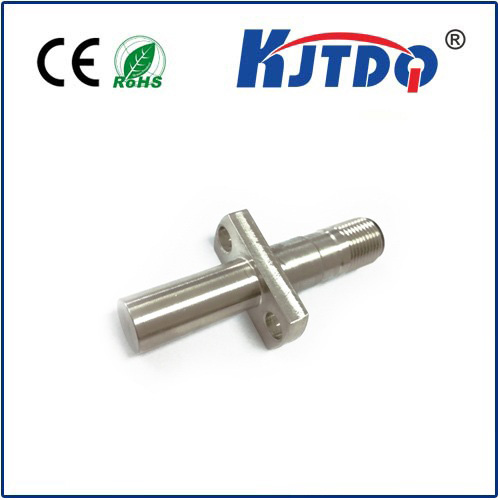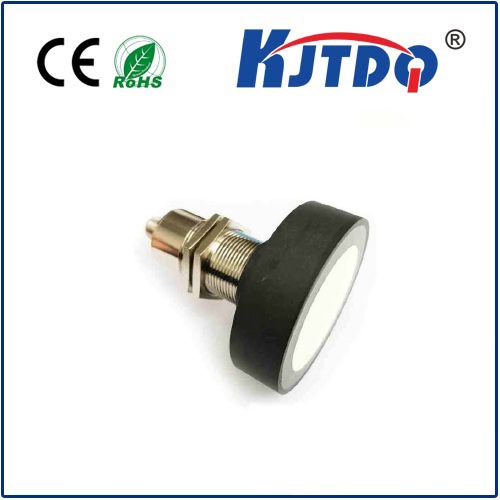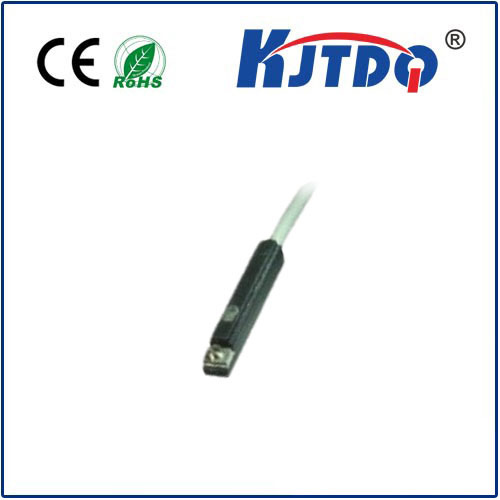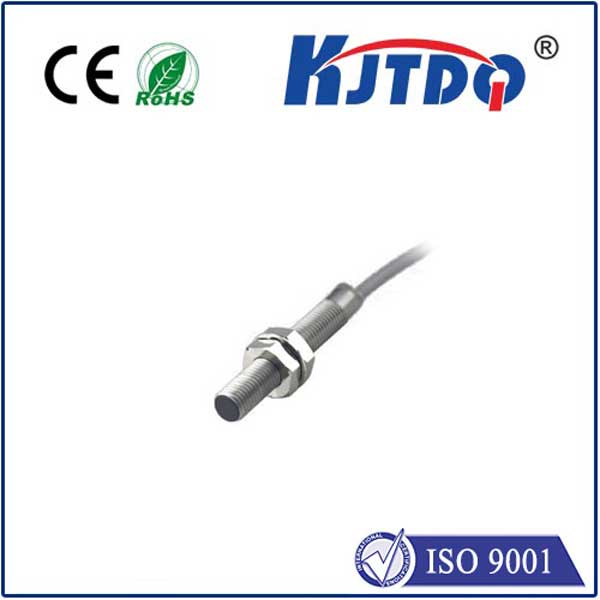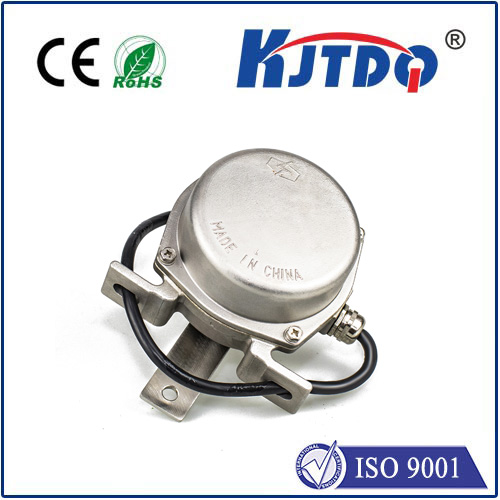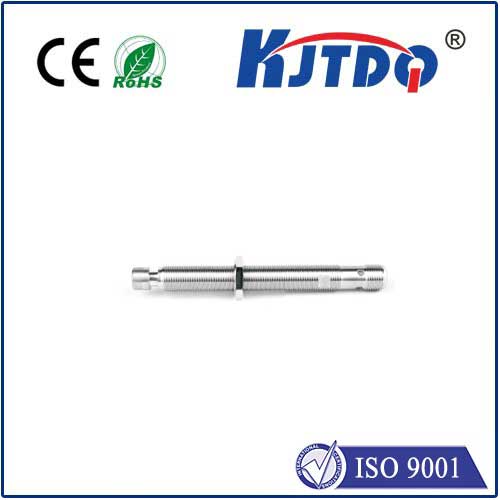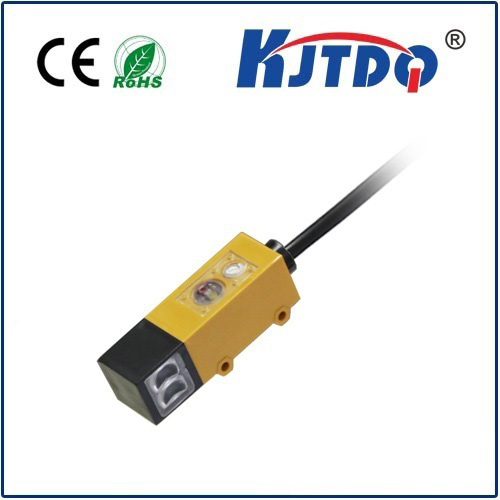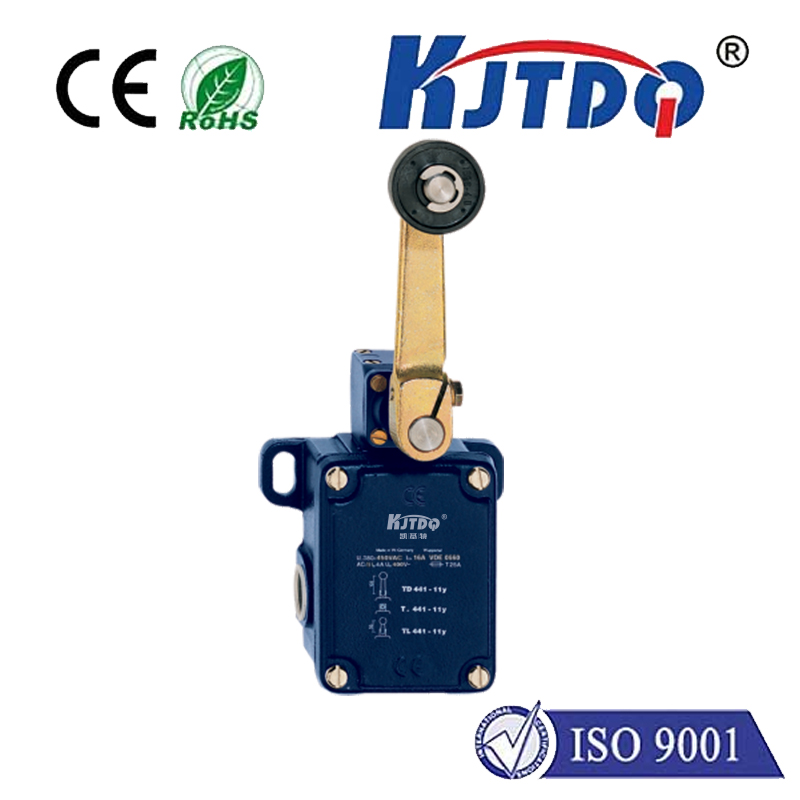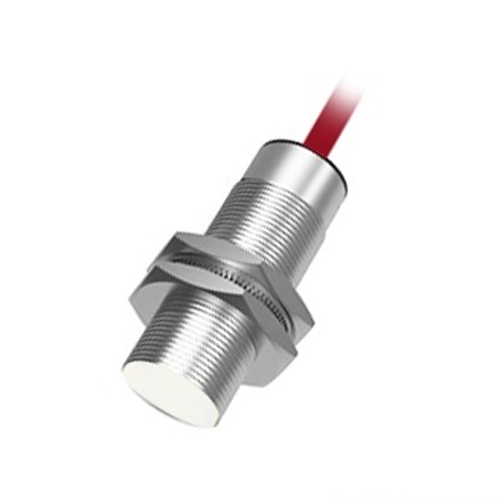water limit switch
- time:2025-08-07 02:06:11
- Click:0
Water Limit Switches: Essential Devices for Water Control and Overflow Prevention
Imagine coming home to a flooded basement because a sump pump failed to activate, or discovering your water heater has run dry due to a malfunction, potentially leading to costly damage or even fire. These nightmarish scenarios highlight the critical need for reliable water level management. At the heart of preventing such disasters lies a seemingly simple yet indispensable component: the water limit switch. This article dives into what these devices are, how they function, their vital applications, and why they are crucial for efficient and safe water system operation.
Understanding the Core Function: Sensing the Liquid Line
Fundamentally, a water limit switch is an electromechanical or electronic sensor designed to detect the presence or absence of water (or other liquids) at a predetermined level within a tank, reservoir, basin, or pipe. Its primary role is to act as a sentinel, monitoring the liquid level and sending a signal to a control system once that liquid reaches a specific high or low point. This signal typically triggers actions such as starting or stopping a pump, opening or closing a valve, activating an alarm, or shutting down equipment to prevent unsafe operating conditions.
The term “limit switch” in this context refers to its function of defining the operational limits for the system based on water level. It effectively sets boundaries: “Do not operate below this point (risk of dry running)” or “Do not exceed this point (risk of overflow)”.
How Does a Water Level Limit Switch Work? Common Principles

While designs vary, the core principle revolves around detecting a physical change caused by the water level:
- Float Switches: This is likely the most recognizable type. It contains a buoyant float, often containing a magnet, that rises and falls with the water level. Inside a stem or housing, a sealed magnetic reed switch is positioned. As the float reaches the desired level (e.g., high or low), the magnet actuates the reed switch, changing its state (open or closed) and sending the electrical signal to the controller. Their simplicity, reliability, and relatively low cost make them extremely popular.
- Diaphragm/Pressure Switches: These sense the hydrostatic pressure exerted by the water column above them. A diaphragm flexes in response to increasing pressure as water level rises. This movement physically activates an internal microswitch, changing its electrical state. They are excellent for pressurized tanks or where mounting a float isn’t feasible.
- Conductivity/Probe Switches: Utilizing the electrical conductivity of water, these switches have one or more exposed electrode probes. When water rises to touch the probe(s), it completes an electrical circuit between them (or between a probe and the grounded tank), signaling the controller. Ideal for clean water applications and precise point-level detection.
- Ultrasonic & Capacitive Switches: These non-contact, electronic sensors are increasingly common. Ultrasonic types emit sound waves and measure the echo time to calculate distance to the water surface. Capacitive sensors detect the change in capacitance caused by the presence (high dielectric constant) or absence of water near the sensing probe. They offer advantages in corrosive environments or where no moving parts are desired.
The Critical Benefits: Why You Need Water Limit Switches
Integrating water limit switch technology delivers significant advantages:
- Overflow Prevention: This is arguably the most vital function. By detecting when a tank reaches its maximum safe level and signaling a pump to stop filling or a valve to close, the switch prevents messy, damaging, and potentially hazardous spills. This protects structures, equipment, inventory, and the environment.
- Dry Run Protection: Pumps and other equipment designed to move liquids can suffer catastrophic failure if operated without the liquid present (dry running). A low-level water limit switch detects when the water drops below a safe minimum and signals the pump to shut down, preventing expensive motor burnout and mechanical damage.
- Automated Control & Efficiency: These switches enable fully automatic operation of water systems. Pumps turn on only when needed (low level) and off when the job is done (high level). This eliminates manual monitoring, reduces energy consumption, and ensures consistent operation.
- Safety Enhancement: Beyond equipment damage, preventing overflow or dry running scenarios mitigates risks like electrical shorts in flooded areas, scalding from overheated dry water heaters, or process failures in industrial settings.
- Process Reliability: In manufacturing, food processing, water treatment, and other industries, maintaining precise water levels is often critical to the process. Limit switches provide the reliable sensing needed for consistent quality and output.
Ubiquitous Applications: Where Water Limit Switches Operate
The versatility of water level limit switches means they are found in countless residential, commercial, and industrial settings:
- Residential: Sump pumps (critical for preventing basement flooding), well pump pressure tanks, water heaters, reverse osmosis (RO) storage tanks, humidifiers, aquariums, washing machines.
- Commercial: Boiler feed systems, cooling towers, large HVAC systems, commercial dishwashers and washing equipment, water storage tanks, commercial aquariums and pools.
- Industrial: Process tanks (mixing, chemical treatment, storage), wastewater treatment plants, pump control stations, industrial boilers, condensate return systems, leak detection systems.
- Agriculture: Irrigation control tanks, livestock watering systems, fertilizer mixing tanks.
Selecting the Right Water Limit Switch: Key Considerations
Choosing the most appropriate water limit switch depends on several factors:
- Application: What specific job does it need to do (high-level shut-off, low-level start, both - requiring multiple switches or a multi-point sensor)? What is the vessel/tank type?
- Liquid Properties: Is it clean water, wastewater, corrosive chemicals, oils, or slurries? This impacts material compatibility (e.g., stainless steel floats for corrosion resistance, specific plastics) and sensing technology (e.g., avoid floats in viscous fluids).
- Electrical Requirements: Voltage, current rating (especially for pump control), and output type needed (SPST, SPDT, NO/NC contacts).
- Mounting & Environment: Available mounting points, temperature range, pressure conditions, potential for vibration, explosion-proof requirements.
- Set Point Adjustment: Some switches offer adjustable trip points (level settings), while others are fixed.
Conclusion: An Unsung Hero of Water Management
Water limit switches, though often unseen, play a fundamental role in maintaining the integrity, safety, and efficiency of countless systems interacting with water. By reliably defining operational boundaries and acting as the crucial link between fluid level and control systems, they prevent expensive damage, enhance safety, and enable automation. From protecting your basement to ensuring smooth industrial processes, understanding and correctly implementing water level limit switch technology is essential for effective water control and overflow prevention.






